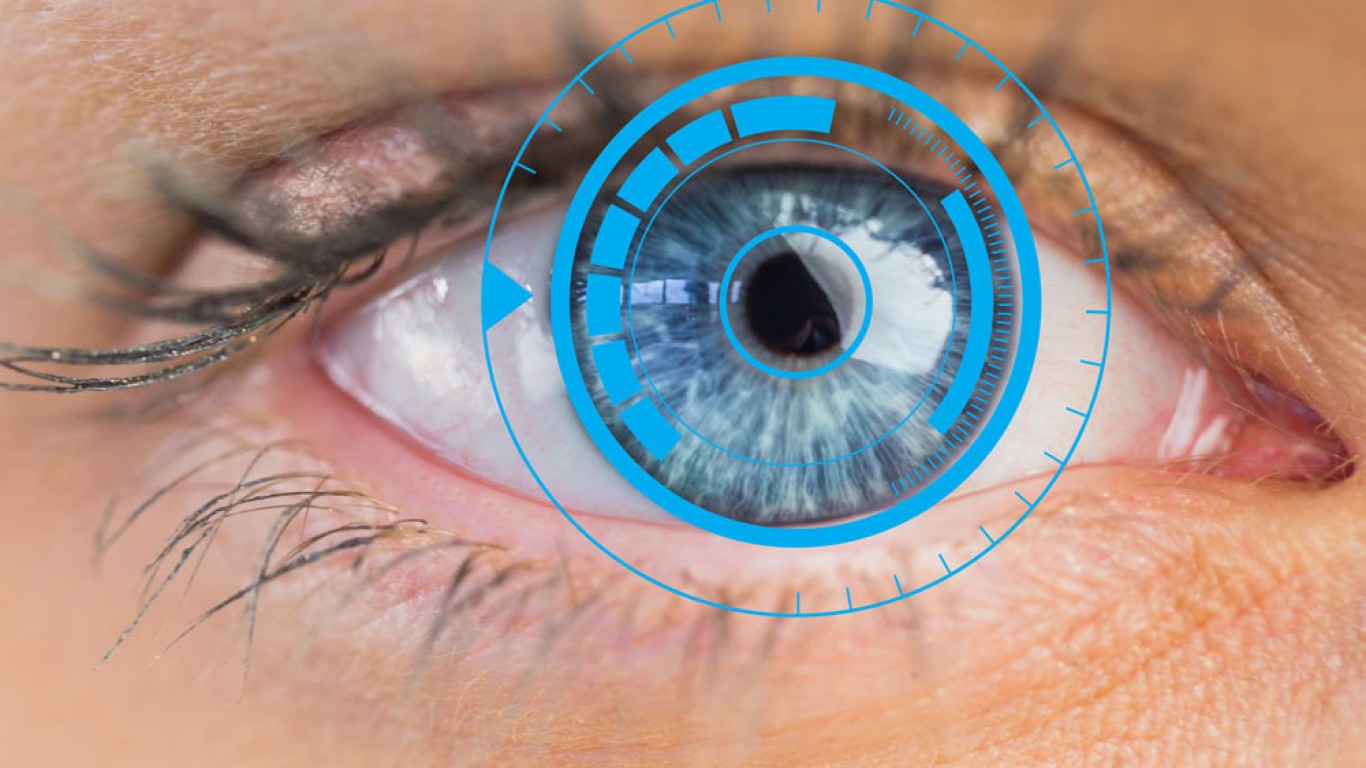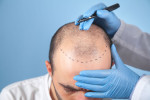Laser eye surgery has helped millions worldwide achieve clearer vision without glasses or contact lenses. Whether it’s LASIK, PRK, or SMILE, the goal is the same. Results are improved eyesight with long-term benefits. However, many patients wonder how these results hold up over time. Do the improvements last forever? Will you need enhancements later? Understanding the long-term results of laser eye surgery can help set realistic expectations. In this article, we explore how vision changes after treatment and what factors influence results. We’ll also explain how to maintain your eyesight in the years after surgery.
How Laser Eye Surgery Works
Laser eye surgery reshapes the cornea to correct refractive errors. These include myopia, hyperopia, and astigmatism. During the procedure, the surgeon uses a laser to precisely remove corneal tissue. This changes how light is focused onto the retina. The process usually takes less than 30 minutes and is performed under local anaesthetic. LASIK involves creating a flap. While PRK and SMILE use different techniques to access the cornea. Recovery times vary, but most people see improved vision within days. Once healing is complete, the eyes stabilise, and long-term outcomes begin to take shape.
Results of Laser Eye Surgery: Stability of Vision Over Time
For most patients, laser vision correction offers permanent results. The cornea’s reshaping is stable, and major regression is uncommon. However, age-related changes in the eye can still occur. Presbyopia — the gradual loss of near vision — often develops in the 40s or 50s. This is unrelated to laser surgery and affects everyone eventually. Although your distance vision may remain sharp, you might need reading glasses. Additionally, some people experience mild refractive drift years after the procedure. This can sometimes be corrected with enhancement surgery if needed.
Results of Laser Eye Surgery by Type
The long-term results of laser eye surgery can vary depending on the technique used. LASIK tends to have the fastest visual recovery and stable results for most patients. PRK also offers excellent long-term outcomes but with a slightly longer healing time. SMILE is newer, but early studies show comparable results with less dryness. All three techniques have high satisfaction rates. According to global research, over 95% of patients achieve 20/40 vision or better years later. Moreover, many maintain this clarity for over a decade. Especially when their eyes were stable before surgery.
Does Vision Get Worse Again?
In some cases, vision may change slightly in the years following laser eye surgery. This is usually due to natural ageing rather than surgical regression. Cataracts, presbyopia, or other eye conditions can affect eyesight regardless of previous laser treatment. Rarely, a person may develop ectasia — thinning of the cornea. But this is now preventable with modern screening. If your vision does decline, options include enhancement surgery, glasses, or multifocal lenses. Regular eye exams are important to track any changes and maintain eye health. Early intervention ensures the best long-term outcomes and results of laser eye surgery.

Enhancement Surgery and Long-Term Maintenance
Enhancement surgery is a follow-up procedure offered when the initial correction needs refining. It’s typically done a year or more after the original surgery. Only a small percentage of patients — less than 10% — require enhancements. Surgeons will assess your corneal thickness and eye health before proceeding. While the results of laser eye surgery are long-lasting, lifestyle and age will affect your eyes. Regular eye check-ups help detect changes early. Additionally, wearing sunglasses, avoiding eye strain, and keeping your eyes hydrated support lasting clarity.
Results of Laser Eye Surgery: Benefits Beyond Vision Correction
The results of laser eye surgery extend beyond sharper sight. Many patients enjoy improved confidence and lifestyle freedom. Sports, swimming, travel, and daily routines become easier without the hassle of glasses. Furthermore, the cost savings on frames, lenses, and contact lens supplies add up over time. Emotionally, the ability to wake up with clear vision is life-changing for many. These lasting lifestyle benefits are a key reason laser surgery continues to grow in popularity. The results of laser eye surgery are not only visual. They enhance daily life in practical and meaningful ways.
Who Experiences the Best Long-Term Results of Laser Eye Surgery?
People with stable prescriptions and no major eye conditions tend to see the best outcomes. Age also plays a role — younger patients with fewer vision changes often enjoy longer-lasting results. However, even older patients benefit if expectations are realistic. If you had dry eyes or thin corneas before surgery, follow-up care may be needed. Still, with proper screening and experienced surgeons, most candidates enjoy many years of clear sight. Choosing the right clinic, particularly in places like Istanbul with advanced technology, ensures long-term success.
Istanbul as a Hub for Laser Eye Surgery
Turkey — and particularly Istanbul — has become a global destination for laser eye surgery. It has become renowned for world class results of laser eye surgery. The city offers modern clinics, skilled surgeons, and competitive pricing. Patients come from around the world seeking top-level care and long-term results. Many clinics provide comprehensive packages that include aftercare, accommodation, and follow-up consultations. If you’re considering surgery, Istanbul’s reputation for quality and affordability makes it an attractive option. Long-term results are excellent when procedures are performed using advanced technology and individualised care. This has helped the region gain worldwide trust in laser vision correction.
Conclusion
The long-term results of laser eye surgery are overwhelmingly positive. Most patients enjoy years — even decades — of improved vision after treatment. While ageing and eye conditions might affect eyesight later in life, laser correction remains stable. With options like enhancements and modern follow-up care, the benefits can last even longer. Choosing a reputable clinic and following post-op instructions are key to success. Whether you choose LASIK, PRK, or SMILE, long-term clarity is well within reach. For more information and to book a consultation visit the ACIBADEM Beauty Center Laser Eye Surgery webpage.
Frequently Asked Questions
For most people, the results are permanent. However, age-related vision changes can still occur over time.
You might, especially after your 40s, due to presbyopia. Laser surgery doesn’t prevent natural ageing.
Yes. Enhancement surgery is possible for many patients if their vision changes after the initial procedure.
Yes, when performed by qualified surgeons using advanced tools, results are typically safe and long-lasting.
Yearly check-ups are recommended to monitor eye health and address any future changes early.














